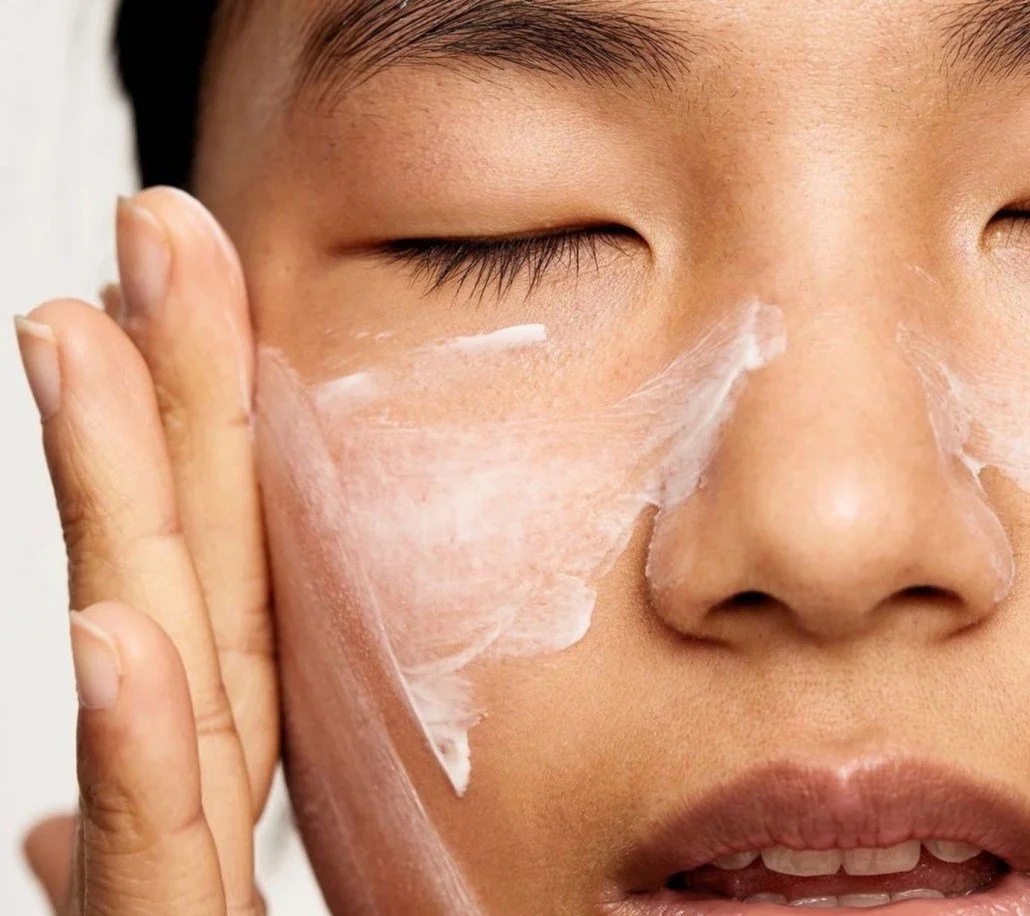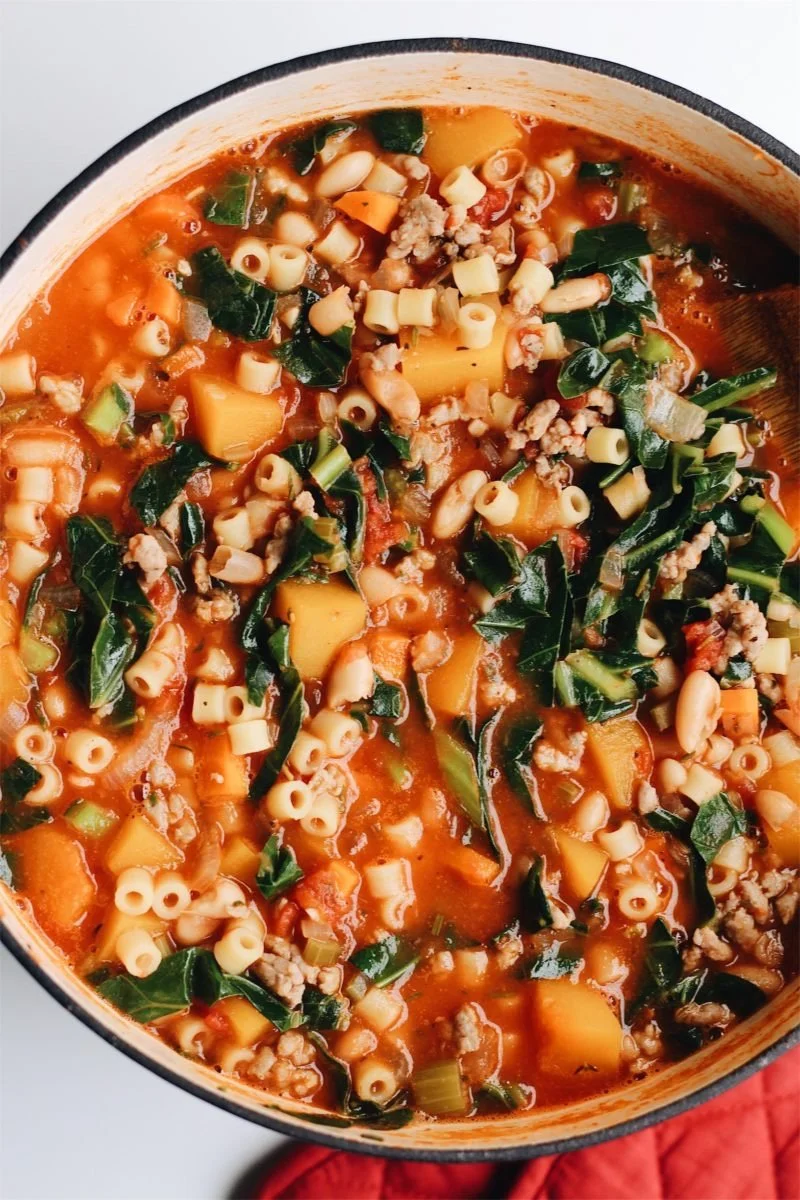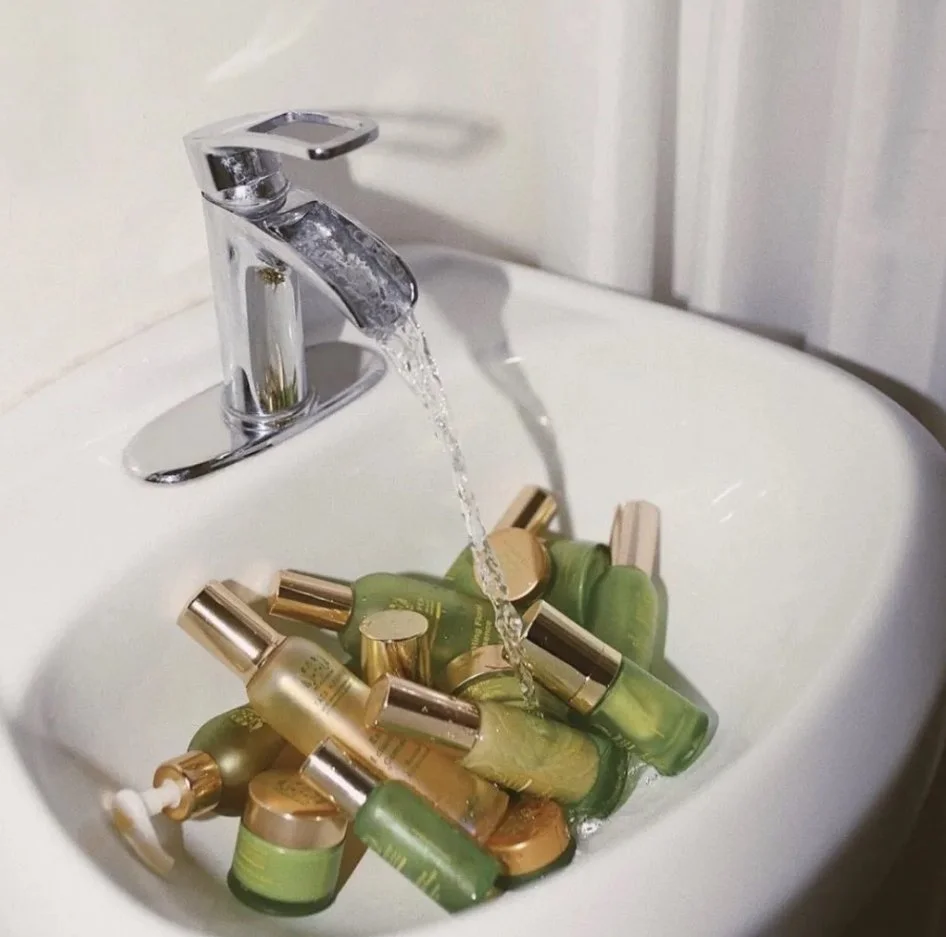Fall & Winter Wellness Guide: Inside & Out
Dry, flaky skin, anyone? What about low energy? Just getting over that cold, aren’t you? I’m the first to admit that sweater weather, leaves changing, and snow days are my absolute favorite. But along with the changing seasons come needed adjustments to wellness and self-care. Growing up in the midwest, one learns a thing or two about moisturizer and a good soup recipe.
Food
Fall: Undoubtedly my favorite time of year. Transitioning from sweltering heat to sweater weather couldn’t be more refreshing. It is also the best time to boost your immunity as our bodies adjust – cold weather is a marathon, not a sprint. Bone broth, roasted vegetables, and soups are in constant rotation at our house. Bone broth for maximum absorption of minerals and amino acids proline, glutamine, and arginine to aid both gut health and immunity. Hearty roasted veggies to satisfy cravings and soup because it combines them both!
Winter: While I aim to eat lighter and mostly plant-based in the warmer months, wintertime brings the need for heavier, warmer foods – including quality meat and poultry. Throughout colder weather, I stick close to my staples mentioned above but with the addition of more protein. Roasted chicken, cast-iron salmon over lentils, and spicy turkey chili are made weekly.
For those that are plant-based all year long: Stews, soups, and vegetable stir-frys are going to be your best friend. Root vegetables and hearty leafy greens paired with brown rice pasta and hearty grains have infinite combinations. (Some of my favorites are featured at the end of this article.) No bone broth? No problem. Vegetable stock is a wonderful substitute.
Skincare
Fall: As it is a transitional time of year, I keep to my normal routine with the addition of one or two moisture-focused treatments. Tata Harper Clarifying Cleanser half the week, the other Seabuckthorn Oil. Finish up with a hyaluronic serum or moisturizer that works well under a hydrating overnight mask – Josh Rosebrook Advanced Hydration Mask.
Winter: Dry skin hits us the hardest end of December and into January. As always, start from the inside out. Up collagen-rich foods like dark, leafy greens, goji berries, fermented food, and cacao😉 for nourished hair, skin, and nails. Never forget your healthy fats like avocado, olive oil, and nuts for hydration. For topical care, keep it as gentle and nourishing as possible. I cleanse and moisturize with Seabuckthorn Oil. On occasion, I’ll double up on moisturizer with my trusted Tata Harper Water-Lock Moisturizer if I’m traveling or high in the mountains.
For those that have breakout-prone skin: Don’t overdue drying treatments and peels! The key is nourishing the skin while removing dead skin cells and spot treating breakouts. My favorite combination is to cleanse with Seabuckthorn oil, exfoliate with Goop Exfoliating Instant Facial (or Drunk Elephant’s Baby Facial), and spot treat with Dr. Barbara Sturm Clarifying Spot Treatment. Finish with a bit more oil or non-pore clogging moisterizer to seal it in. Before trying new products, consult with your dermatologist or skin care specialist.
Wellness
Fall: If winter means snowy and icy conditions, use this season for as many walks and outdoor activities as possible. Before the days of being couped up inside take over, find at-home workouts that leave you coming back for more. During COVID-19, instructors and classes went digital meaning the options are endless – my personal favorites are Melissa Wood Health and Megan Roup’s Sculpt Society.
Winter: For many, the short days and long nights start to take its toll. SAD (seasonal affective disorder) is more prevalent this time of year and having structure is beneficial. Stick to your schedule during the day and set attainable short-term goals. But remember to reward yourself! Self-care is important all year long but more so during winter. Lack of sunlight? Check your vitamin D levels as our primary source of it is from sunlight. For supplemented help, look for a fermented, food-based vitamin D3 (preferably fermented with L. bulgarcus.) For more information and your recommended dosage speak with your doctor.
Self-care ideas: Self-care is anything that allows you to unwind and recharge. Cooking with friends, trying something new, or an at-home wellness retreat. Stay off social media and enjoy the present for best results.





